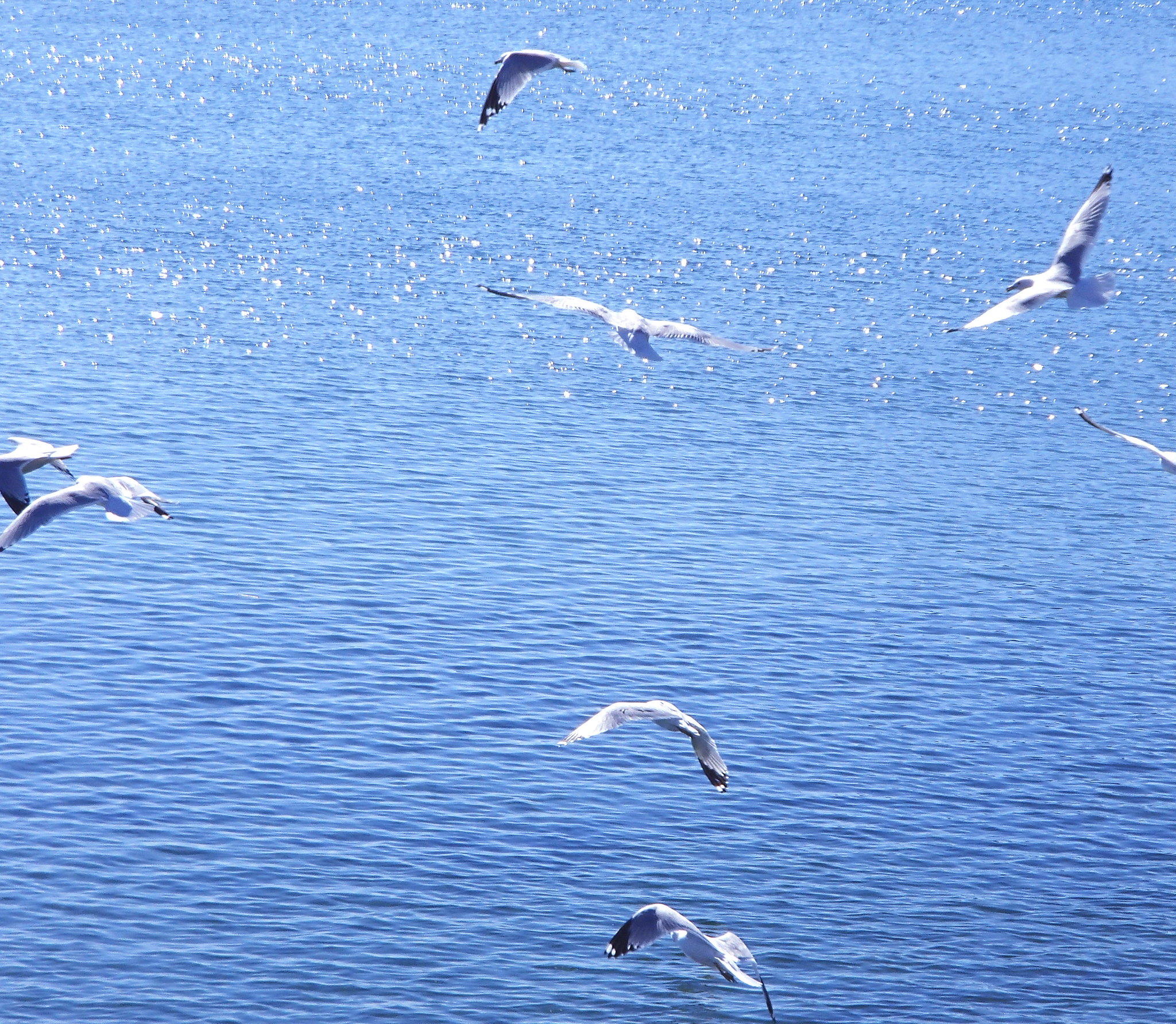I stuck with film for a long time after everyone else went digital. I loved using old film cameras, especially medium format and some large format too. Everything I shot was full manual or aperture priority and I usually used a hand held incident meter.
When I finally went digital I started with Pentax so I could use my old manual lenses. I shot it in manual mode and still used the incident meter most of the time. To use the camera's built in meter I had to push a little button to stop down the lens momentarily. As I got more serious and considered making money with photography I stepped up to a Canon 5D and still shot it in manual mode or aperture priority nearly all the time, often with that old incident meter. I don't know if I ever shot that camera in auto mode.
There were a lot of digital cameras that I found frustrating but many of them allow you to shoot just like an old film camera and they have multiple control dials that make it fast and easy to change settings rather than punching buttons and going through menus. The digital cameras just keep getting better and smaller and now they seem to be going retro with more knobs instead of buttons for better control.
I'm out of photography as a hobby so I just carry a small P&S (that still allows me some manual control) but I'm still tempted at times to get back into it when I look at what's available today. The nice thing about digital is the ability change ISO on the fly and to shoot in full manual mode or switch to full auto all with the same camera. The metering on digital cameras seems to be much better nowadays too. I'm astounded by the pictures I see coming out of i-phones. Even on cameras without manual controls it's easy enough to adjust exposure by using exposure compensation or simply pointing the center of the frame at something that gives you the correct exposure and then doing a half press of the shutter to lock it in and reframe. Film cameras had been doing that for decades. The live preview and live histogram make adjusting exposure before taking the shot a snap.
But if film is what you prefer then have at it. No reason not to do what you enjoy. Most people think canoe travel is outdated.
EDIT to add I was composing this at the same time you were making your latest post saying you didn't want to debate the merits of film vs. digital. I will comment on this though:
The point and shoots provide a good photo, but not a great one,
A few years ago I was asked to pick a dozen prints for a local photo display. I spent hours going through all my old shots and picked out the ones I was happiest with. I was very surprised to find that over half of them came from my little P&S cameras. The simple reason being that I always had one on me and the built in zoom lenses meant I could take the shot before it was gone, which would have happened by the time I swapped lenses on the SLR.
I was always humbled when I saw photos from P&S cameras that were better than anything I ever got from my expensive professional gear. Makes you realize the equipment doens't matter much. It's the ability of the photographer to recognize and capture a good scene and good light, no matter if it's film or digital. It also made me realize I don't have very many photos I'm really proud of.
Alan

